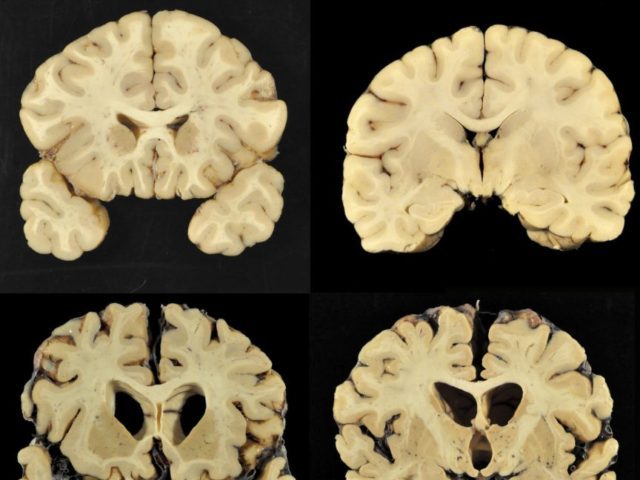A man in France has begun to show signs of consciousness after 15 years in a vegetative state, thanks to the success of an innovative nerve implant.
15 out of the patient’s 35 years have been spent encased in his own body, awake but wholly unable to respond to stimuli following a car accident. But a 20-minute procedure and one month of careful stimulation have restored him to a state of minimal consciousness. From a state of near coma, the patient can now track objects with his eyes, and respond to simple requests.
The implant was placed around the vagus nerve in the man’s neck. This nerve connects to almost every vital organ in one’s body, as well as regions of the brain vital to both consciousness and alertness. Lead Researcher Angela Sirigu, of Institut des Sciences Cognitives Marc Jeannerod in Lyon, France, explained that “he is still paralysed, he cannot talk, but he can respond. Now he is more aware.”
University of Tübingen’s brain-computer interface researcher Niels Birbaumer calls the findings a “warning to all those believing that this state is hopeless after a year,” against the neglect, even “passive euthenasia,” that can befall those locked within a long-term vegetative state.
The report on Sirigu and her team’s findings offers new hope to the families of those affected, and the promise of agency to those held captive within the shell of their still-living bodies. For those who can finally perceive the true gravity of their injuries, Sigiru admits that it may be a matter of being able to “have a decision if you want to go on or if you want [euthanasia].” Still, she believes that “it’s better to be aware, even if it’s a bad state, to be conscious of what’s happening.”
For people with less severe brain injuries, the nerve implant has potential, in combination with other rehabilitation, to restore some level of actual functionality to victims of traumatic brain injury. University of Birmingham cognitive neuroscientist Damian Cruse called the findings “pretty exciting,” saying:
If you can just push the patient over the threshold so they can start responding to external stimulation you can maybe help them follow speech therapy and get them to a level where they can start to communicate.
Further progress could give these tragic victims a life actually worth living.
Follow Nate Church @Get2Church on Twitter for the latest news in gaming and technology, and snarky opinions on both.

COMMENTS
Please let us know if you're having issues with commenting.